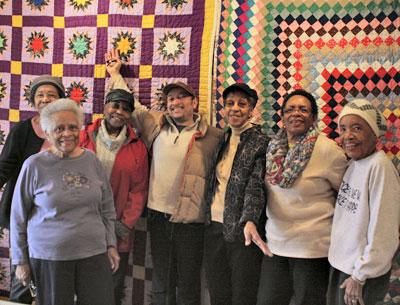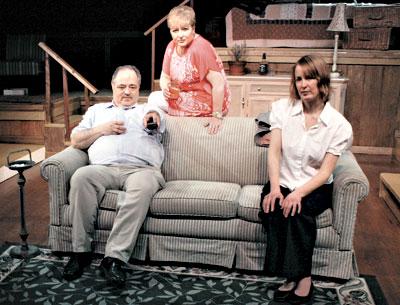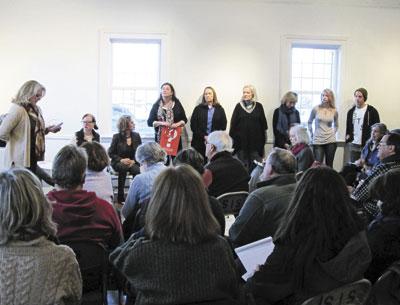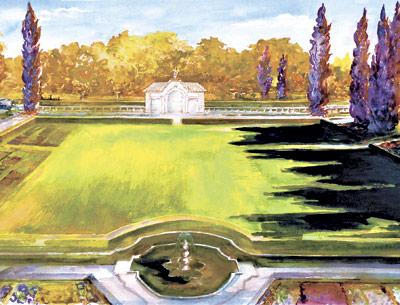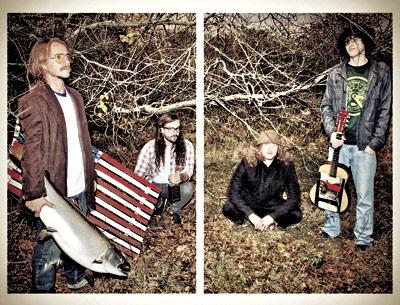Many Voices as One Instrument
Many Voices as One Instrument
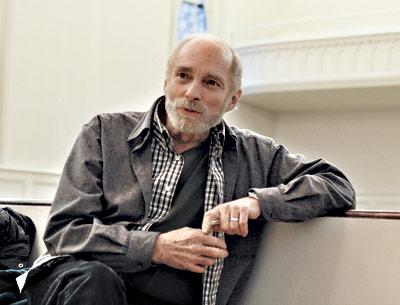
On a recent chilly night the East Hampton Presbyterian Church loomed dark and uninviting. At 6:45 a man emerged from a car on Main Street, walked around to the side of the building, and unlocked a door. Within seconds the soaring space was awash with light, and Walter Klauss, the guest conductor of the Choral Society of the Hamptons’ upcoming spring concert, doffed his coat and settled into a front pew for a few moments of conversation before rehearsal.
Thomas Bohlert, the group’s principal accompanist, arrived a few minutes later and rolled the piano front and center just as members of the group began to arrive, shed their coats, gloves, and scarves and take their places in the pews. “I’ve conducted this group several times,” Mr. Klauss explained. “We usually have 10 or 11 rehearsals. We started at the end of January, meeting Monday evenings from 7:30 to 10.”
Approximately 60 singers are participating in “Viva Vivaldi!” the spring concert that will take place at the church Sunday at 5 p.m. The program will include Bach’s Cantata 71, “Gott ist mein Konig,” Ralph Vaughan Williams’s “Five Mystical Songs,” and Vivaldi’s “Gloria.” “As guest conductor, I design the program,” said Mr. Klauss. “I’m given a budget and pick the music accordingly. I try to find pieces that involve some instruments — but not too many.”
Mr. Klauss, who has had a house in East Hampton since 1987, is the founder and conductor of the Musica Viva concert series and since 1976 has been minister of music at All Souls Unitarian Church in New York City. He is also an organist who has performed internationally, most recently with the Zurich Symphony Orchestra. He was named professor emeritus after his retirement from the C.W. Post campus of Long Island University, where he served as chairman of the music department.
The rehearsal began with a warm-up, the vocalists singing notes and scales. After a few minutes of vocal stretching, Mr. Klauss asked the group to open the music for the “Five Mystical Songs” and directed them to a particular section, which they sang several times until the conductor was satisfied. The rehearsal continued with the repetition of short passages, reminding one observer of an athletic practice, where a shortstop might field 50 ground balls in succession.
“It took a while to get all the notes to these pieces,” Mr. Klauss explained. “The Bach is particularly difficult. Learning the notes is like a drawing that’s the first step for a painting. Once they got the notes, I broke the news that we were about 5 percent there. The hard work — the other 95 percent — is making music out of those specks on the paper.”
Mr. Klauss began studying piano when he was 4 years old. He took up the organ at 12. “I was always interested in sacred choral music, because that’s the great body of choral literature in the world. As a kid I grew up in the church and I loved the sound of the organ.” He has also studied orchestral conducting, which he compared to conducting vocalists.
“You have to understand to a certain degree what an instrument can do, just as you have to do with singers. In both cases you need to know how far you can go with them, what their ranges are, and their endurance. And you try to keep rehearsal interesting and maintain the energy level. You don’t talk too much, and you don’t spend too much time with any one vocal group while everybody else is standing around.”
After working on the Vaughan Williams pieces, Mr. Klauss asked the group to turn to Vivaldi’s “Gloria” and start from the beginning. Rehearsing is a strenuous workout for both the vocalists and the conductor. “Conducting is more than waving your arms,” Mr. Klauss explained. “It’s facial, vocal, it can involve a flick of the wrist or your entire body. It’s not always easy for people in a group to realize they have to become one instrument, but that’s the goal.”
It was apparent to an observer that Mr. Klauss had an easy rapport with the group. He was clear about the results he was after, but not autocratic, and he brought a sense of humor to bear when appropriate. He could be encouraging — “Keep the energy going through page eight. It’s not easy, there are a lot of long notes there.” He would shout “Bravo!” when a passage was done properly. Critiques were gentle: “The first B sharp was great, the second one was low” and “That was a little flabby” were two examples.
In addition to the Choral Society, the concert will include four soloists, all of whom are members of Musica Viva in New York — Mary Hubbell, soprano, Barbara Fusco, mezzo-soprano, Nathan Siler, tenor, and Michael Maliakel, baritone. Neither the soloists nor the musical ensemble participate in the rehearsals, with the exception of the dress rehearsal the day before the concert.
On the subject of guest conducting, Mr. Klauss said that each group has its own sound. “In choosing the literature you have to select what’s attainable for each group. There are certain pieces you can’t do with a volunteer group that can be done with a professional group. You want something that’s reasonable for the group, yet challenging at the same time. It needs to be a stretch.”
The vocalists took a break after almost two hours. David M. Brandenburg, the society’s executive director, discussed some of the practical issues related to the concert, from soliciting ushers to finding housing for the visiting soloists. Cookies and snacks followed in the church’s entrance foyer. At 9 p.m. the work resumed with Bach’s Cantata 71.
“For the Bach I’m not using all the instruments originally used, but I’m using strings, organ, and trumpet,” Mr. Klauss explained. The “Five Mystical Songs” were written between 1906 and 1911 by Ralph Vaughan Williams, an English composer. Set to the poetry of George Herbert, a 17th century metaphysical poet, orator, and Anglican priest, “It’s a beautiful text, for baritone solo, chorus, and full orchestra, but there’s an organ adaptation, which is what we’re using.” “Gloria” will feature strings, trumpet, oboe, and piano.
In addition to Mr. Klauss’s appearances as guest conductor of various choral and orchestral groups in the United States and abroad, Musica Viva has performed in Paris, Leipzig, Dresden, Polditz, Prague, Florence, and Venice, to name just a few. “Music really is the international language,” Mr. Klauss said. “I do a lot of concerts around the world, and it’s a great way to meet people and get to know other cultures. I’m especially interested in music from other periods of history — what the music meant then and why it was composed.”
The rehearsal ended at 10. Despite the intensity of the practice, the members of the Choral Society sounded as fresh at the end as at the beginning, if not more so. Their energy and commitment portend a lively and stirring concert. At one point, Mr. Klauss offered the group a few reassuring, or perhaps cautionary, words: “The one thing about live music is we only do it once!”
Tickets to “Viva Vivaldi!” are $30 in advance, $35 at the door. For those 18 and under, the cost is $10, $15 at the door. Preferred seating is available for $75. Sponsors and benefactors, for $300 and $500 respectively, are invited to dinner at c/o the Maidstone after the concert.

